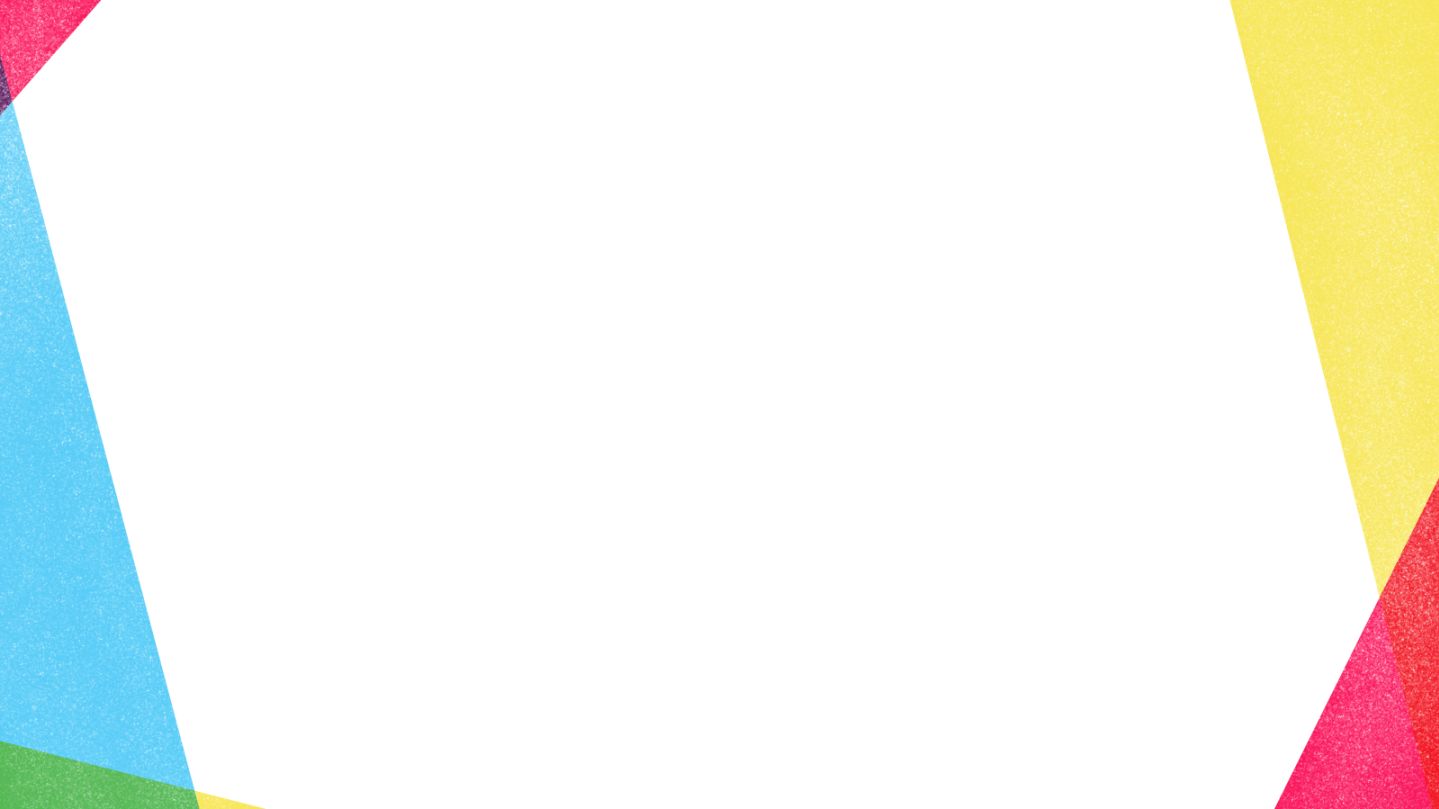Editor’s Note: Lillian Faderman is a historian and author of “The Gay Revolution: The Story of the Struggle.” The views expressed are those of the author. View more opinion at CNN.
To lesbian, gay, bisexual and transgender people, the story of the Stonewall riots in Greenwich Village has iconic weight, like the story of the Warsaw Ghetto uprising has to Jewish people. The victimized fought fiercely and gave a community a desperately needed symbol for pride. But as director Roland Emmerich learned through the firestorm created by his new film, “Stonewall,” emotions run very high over who can claim the strongest link to what happened back then.
The Stonewall riots began on June 28, 1969, during a routine 1 a.m. bar raid. This time, though, the harassed gay clientele didn’t go quietly. Indeed, they kept fighting for five nights, their number growing to thousands. The Tactical Police Force had to be called out to regain control of the streets. Many rioters were beaten so badly that Seventh Avenue from Christopher to West 10th was said to look like a battlefield in Vietnam. But gays came away feeling victorious, and the riots were a crucial turning point in LGBT history. As one wit of the day prophetically pronounced, they were “the hairpin drop heard round the world.”

Radical gay groups formed soon after the riots and grabbed media attention as homosexuals never had; they eventually emboldened other gays to start “mainstream” organizations such as the powerful Human Rights Campaign. Those organizations would wage the winning battles to lift the prohibitions on gays in the military and on same-sex marriage.
Clearly, all segments of the LGBT community have some link to Stonewall. So how has Emmerich caused such a stir?
Emmerich’s fictional hero, blond and blue-eyed Danny Winters, is kicked out of his home in small-town Indiana by his football coach father when he discovers that Danny is gay. Danny boards a bus to Greenwich Village, where he meets other throwaway and runaway kids. They’re exploited even in the grungy, mafia-controlled Stonewall Inn, where they hang out for want of a safer place. On a hot summer night, when the cops raid the Stonewall for the second time in less than a week, Danny and his friends throw bricks, smash windows, scare the hell out of the police who are trapped inside the bar, and start the revolution.
Emmerich has claimed that he wanted to make the film after he discovered that 40% of all homeless teens are LGBT. But “Stonewall’s” focus is unclear: Is it about the hardships of homeless teens or, as the title would suggest, about the historic riots?
There are other problems with the film, too: The acting is wooden, and the lines the actors have to utter are melodramatic. Still, those aren’t reasons the film has been trashed in the LGBT community. Instead, Emmerich has been faulted mostly for getting historical facts of the riot wrong.
But has he?
In early August, almost immediately after a two-minute trailer for “Stonewall” was released, a boycott petition began circulating on Facebook, Twitter, YouTube and Tumblr. The petition accused Emmerich of “whitewashing” history. “It is time that black and brown transwomyn and drag queens are recognized for their efforts in the riots,” the petition said. It got almost 25,000 signers before anyone saw the film.
Yet the reality is that there’s no paucity of diversity in Emmerich’s “Stonewall.” Most of Danny’s companions, including his closest friend, Ray/Ramona, are black and brown “transwomyn” (though the term hadn’t been coined in 1969). They’re shown rioting no less ferociously than Danny, though Emmerich has Danny throw the first brick that starts the riots. The film’s angry critics say it was an African-American trans-woman, Marsha P. Johnson, who threw that first brick, but Johnson herself never claimed that initiating honor.
There’s no doubt that Johnson, who died in 1992, was a major actor in the riots, as Emmerich shows her to be. But there were other major actors at the Stonewall, too, not all of them black or brown or transgender. For example, the only known photo to capture the first night of the riots was taken by Joseph Ambrosini for the New York Daily News. It appeared the next day, June 29, showing a bunch of kids confronting the police, most of them white and “cisgendered.” Most prominent in the photo is a boy as blond as the fictional Danny Winters. Another photo of the rioters, taken in front of the Stonewall during the second night, was by Fred McDarrah and was printed in the Village Voice for the week of July 3. It shows about a dozen youngsters, perhaps a third of them black or brown, one of them in drag.
As Ambrosini’s and McDarrah’s black and white photos show, the kids who started the gay revolution were black and white and brown, too; some were “trans” and some weren’t. There are enough laurels to go around. And that, at least, Emmerich gets right.
Note: An earlier version gave an incorrect date for the Stonewall uprising.





